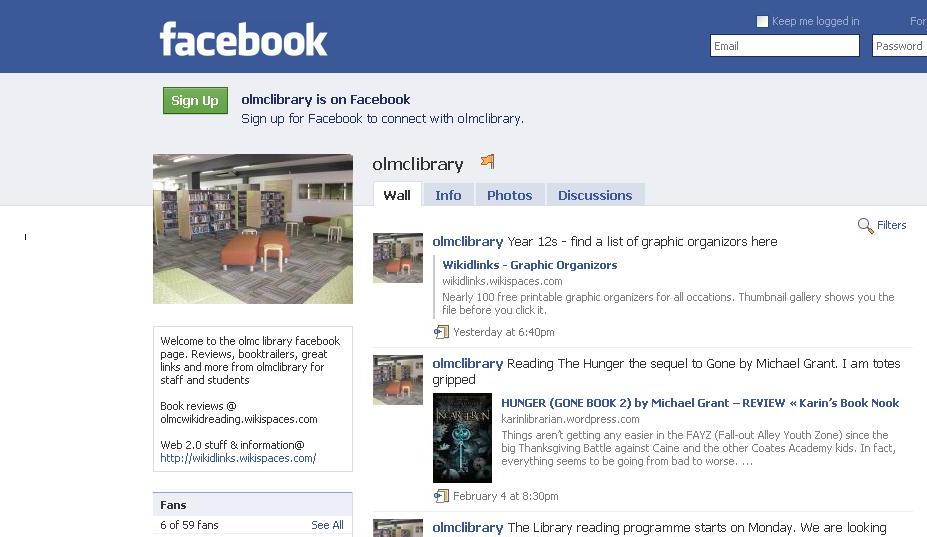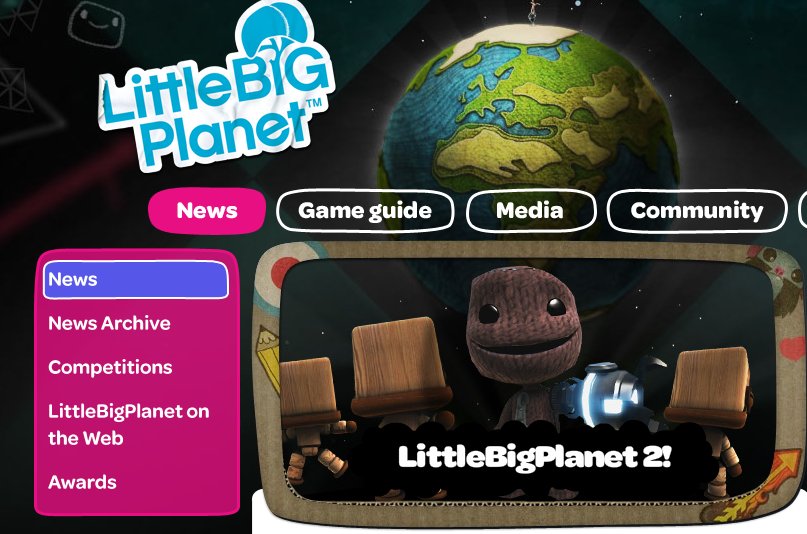Our Lady of Mercy College, Heidelberg teacher librarian Michael Jongen has recently developed a Facebook Fan page for the students. Michael explains:
After a meeting of CLANS (Catholic Network) librarians where we had discussed social networking, I decided to create a facebook fan page for the library. This is an attempt to engage with the students but we will maintain the page so that is current, informative and fun. Several of the creative faculties already use facebook fan pages to communicate with students. We also set up a twitter account which was linked to the facebook page. This was an attempt to tackle the facebook conundrum directly and to see if, as educators we can communicate through our students’ choice of social media. After a year of working to inform teachers of the potential of Web 2.0 in learning and assessment, I also wanted to look at my own area and how we could utilise these tools.

Head of Library Tricia Sweeney and I feel that we will use this as our main medium of communication with the girls and as a tool to showcase our web 2.0 projects such as book trailers and book blogs.
Some newspaper reports in April 2010 suggested that teachers should not ‘friend’ students on Facebook. OLMC has addressed these issues in the following way:
Our Facebook page was devised as a fan page. Several other subject areas use the same approach, this enables students to fan the page rather than have to become a friend of the teacher. olmclibrary facebook page has three administrators, including Tricia Sweeney as Head of Library.
We have an eSmart committee at the School which Tricia and I both sit on alongside the IT manager and the Vice Principal. We have draft protocols.
Facebook is a good way to engage and communicate with students. Fan pages can be created in Subject areas and domains e.g. olmclibrary, media, drama and dance pages. It is not recommended that Facebook be used for assessment or assignments. It is recommended that teachers do not ‘friend’ with students.
At OLMC the message is very strong that teachers should think very wisely about ‘friending’ current students. Any current Facebook controversy or issue is raised at the weekly staff briefing by the Principal.
An excellent idea by Michael and Tricia to meet the students’ interests by joining Facebook, but also by setting up a number of procedures that ensure that students stay safe online.

